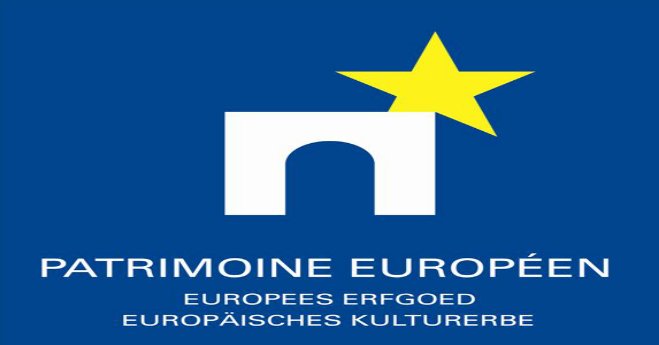What is the European Heritage Label?
It is an action that addresses both culture and citizenship. The objective is to promote Europe’scommunal cultural heritage in order to strengthen the sense of belonging to the EU. The label is awarded to various sites, including: urban, industrial, natural, underwater, and archeological sites;museums; cultural landscapes;places of remembrance; and even intangible heritage associated with a place.
In addition to striving to make the sites more attractive to tourists and increase funding for the regions that it recognizes, the label seeks to be a real pedagogical and symbolic tool with regard to the development of the EU.That’s why certain criteria have been established that must be met by all candidates for the label.
Criteria focused on European integration
To be considered for the label, a site must:
• demonstrate to the jury that it occupies an important place in the history and integration of Europe. In other words, the site must show how it is connected to European events, movements, or historical figures; • demonstrate to the jury that its influence extends beyond the borders of the country where it is located; • demonstrate to the jury that it plays an effective role in promoting the common values upon which the European Union was founded. Finally, candidates for the label must create a project that aimsto teach EU citizens about the European significance of the site. This can be done in a number of different ways, for example by organizing fun and educational activities that emphasize the multicultural dimension(such as multilingualism). In this regard, the label is not permanent.If a particular site no longer meets the criteria mentioned above, the Commission may revoke that site’s label.
The program has already entered into force (administrative preparations are underway),and the first labels will be awarded in 2013.
Whether you have a strong passion for culture, history, Europe, or knowledge in general, or whether you are just plain curious, all are invited to follow the program closely.
The initiative is beneficial in that it adds yet another program to the EU’s action with regard to culture. Some programs, such as the European Capital of Culture, are already widely known to the public. There is no question as to relevance of these programs, seeing that an important aspect of the EU’s work is to bring together people who are “united in their diversity.”
Cultural differences are truly an asset that the EU must work to promote. But these differences are also, in some ways, a source of weakness in that people who are different from one another are going to have all the more trouble understanding one another. In this regard, it is precisely by implementing programs such as the European Heritage Label that we can help foster better understanding among Europeans and eliminate the inherent problems of multiculturalism. These initiatives will reinforce the concepts of identity, citizenship, and the European Nation. In order to achieve these objectives, however, the EU must make its cultural policy a priority.In the coming years, we will need to see more initiatives like this one.


Follow the comments: |
|
